
Supercharge your lead generation with a FREE Google Ads audit - no strings attached! See how you can generate more and higher quality leads
Get My Free Google Ads AuditFree consultation

No commitment
Supercharge your lead generation with a FREE Google Ads audit - no strings attached! See how you can generate more and higher quality leads
Get My Free Google Ads AuditFree consultation

No commitment
In today's marketing landscape, leveraging Google Ads is essential for music stores looking to bridge online and offline marketing efforts. Music store advertising faces challenges such as reaching the right audience effectively. Many traditional methods fall short, with traffic not always translating into sales. Google Ads addresses this by enabling precise targeting during key moments, such as when potential customers are actively searching for instruments or music services online. By capturing high-intent prospects, music retailers can ensure that their ad spend focuses on real decision-makers. This guide will help music stores effectively utilize Google Ads to create a seamless integration into their B2B marketing strategy, transforming clicks into customers and resolving the frustration of ineffective ad spend.
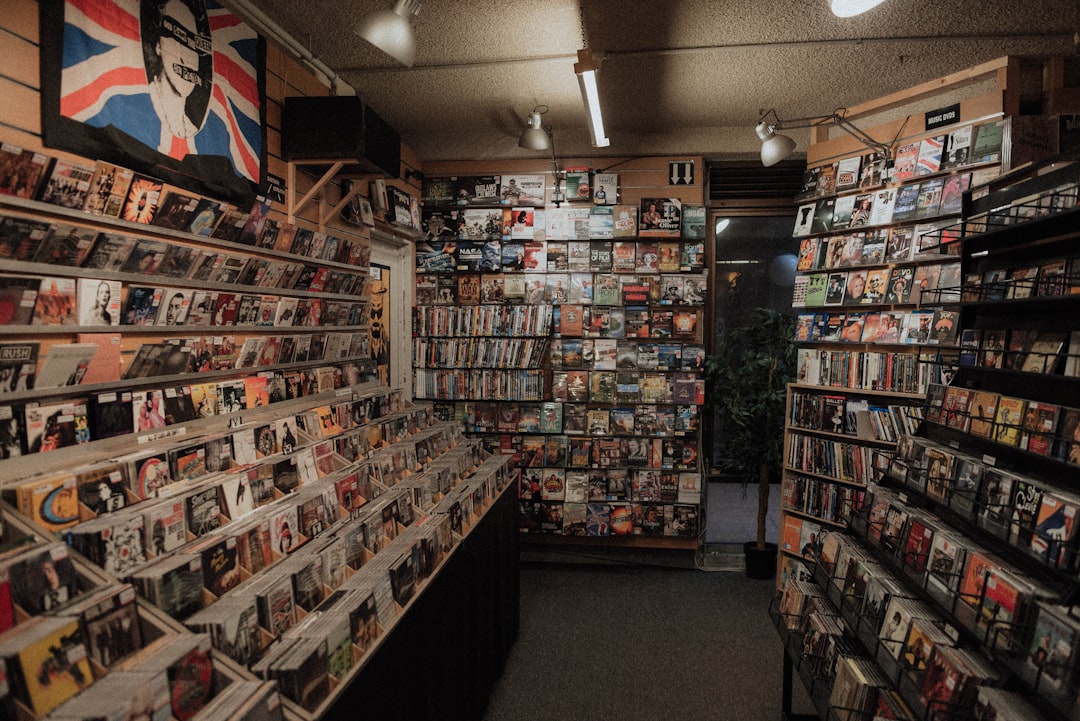
Music retailers operate in a competitive environment where digital visibility directly impacts foot traffic and sales. Forward-thinking stores rely on Google Ads to engage motivated buyers at the precise moment they express intent, removing barriers to purchase and shortening sales cycles.
A strategic Google Ads approach elevates music store advertising beyond traditional methods by combining precise targeting, real-time engagement, and measurable outcomes. This step-by-step framework empowers music retailers to navigate shifting market demands, ensuring every ad dollar is optimized and every lead is actionable.

Music stores operate in a fast-paced landscape where timing and buyer intent determine sales outcomes. Digital advertising empowers these businesses to engage with musicians, educators, and institutions exactly when they are actively searching for instruments, lessons, or repairs, driving more qualified prospects through both online and in-store channels.
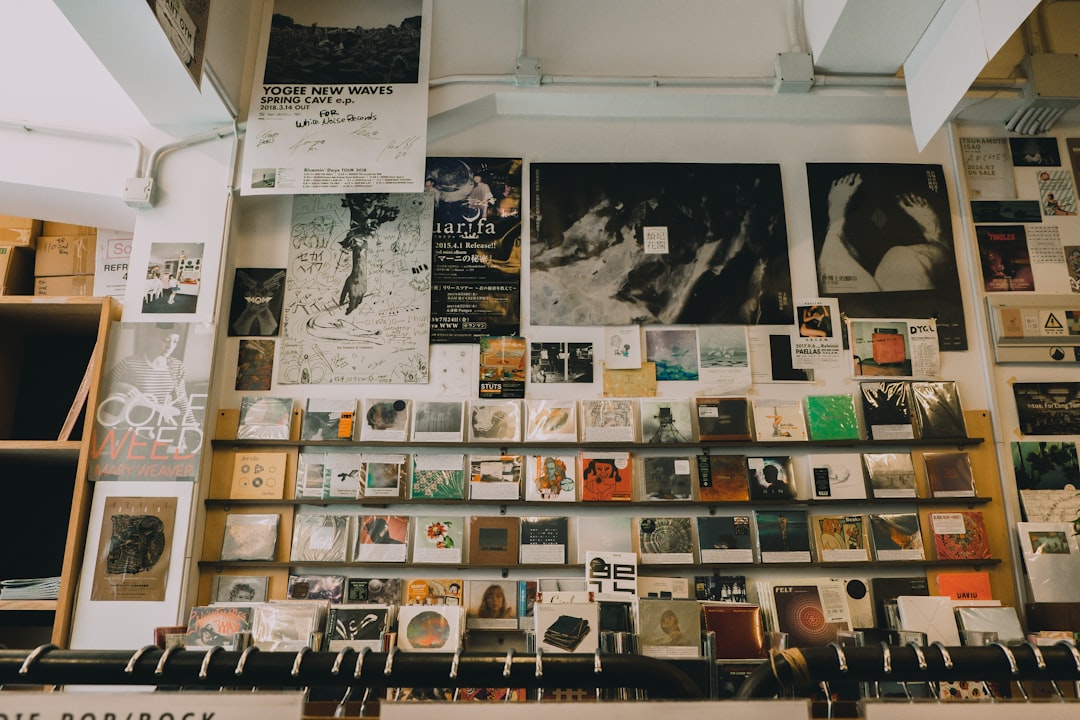
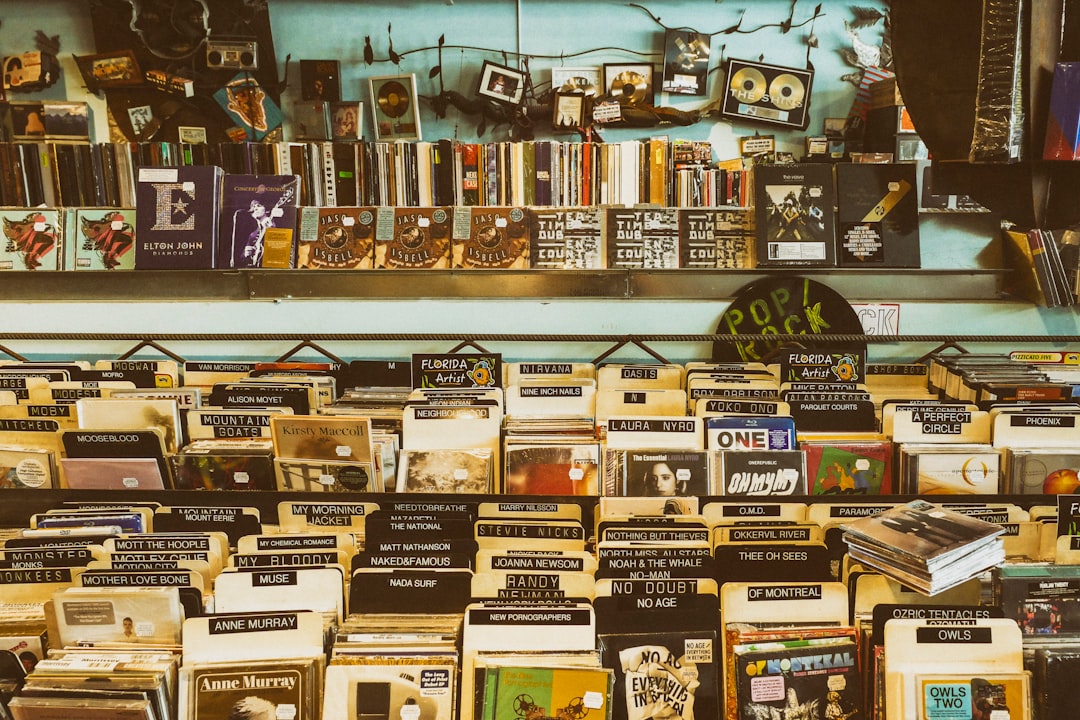
Music store advertising thrives when growth opportunities are identified outside the usual channels. Expanding reach requires a blend of data-driven tactics and adaptive campaign management that targets both emerging and established audiences.
Music retailers operate in a landscape where buyer needs, purchasing cycles, and intent signals shift rapidly. Segmenting your advertising strategy ensures that every marketing dollar targets the right audience at the right time, driving measurable growth and reducing wasted spend.
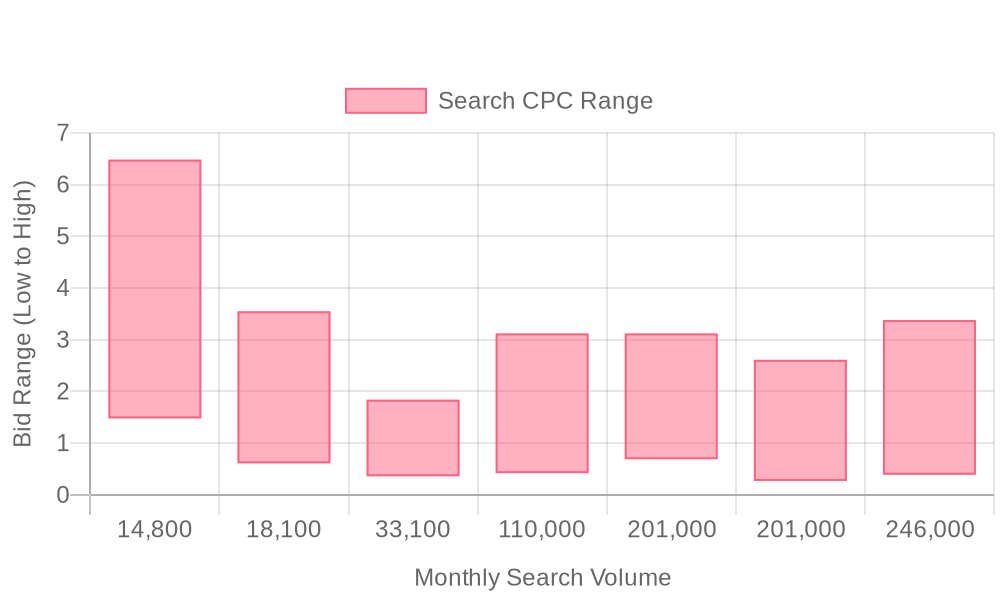
| Industry | Keyword | Monthly Search Volume | Competition Level | Low Bid | High Bid |
| Music Stores | piano store near me | 14800 | HIGH | 1.48 | 6.48 |
| Music Stores | music shop | 18100 | LOW | 0.61 | 3.55 |
| Music Stores | guitar shop | 33100 | HIGH | 0.36 | 1.84 |
| Music Stores | guitar store near me | 110000 | HIGH | 0.42 | 3.12 |
| Music Stores | music stores | 201000 | LOW | 0.69 | 3.12 |
| Music Stores | guitar center near me | 201000 | LOW | 0.27 | 2.61 |
| Music Stores | music store near me | 246000 | LOW | 0.39 | 3.38 |
Music store advertising faces unique challenges: niche audiences, competitive local markets, and shifting buyer intent. A robust keyword strategy addresses these pain points by focusing on high-volume, low-competition terms that connect directly with shoppers searching for specific products or services. This approach ensures that ad budgets are not wasted on generic clicks, but instead drive engagement from musicians, educators, and enthusiasts ready to buy.
Leveraging long-tail keywords such as “best acoustic guitars for beginners” or “music store near me with piano lessons” enables music retailers to capture nuanced search intent. These phrases reflect real-world needs and purchasing signals, resulting in higher conversion rates compared to broad, high-competition terms. Musicshop360 Blog provides a deeper look at this trend and how keyword granularity impacts campaign results. Integrating negative keywords, like “free music downloads” or “sheet music PDFs,” further refines targeting and eliminates wasted spend on unqualified traffic.
Sona empowers marketing teams to identify not just what visitors are searching, but also who they are. By pinpointing in-market buyers and updating audience lists as prospects show higher purchase intent, music retailers can dynamically shift budget toward high-value segments. This enhances campaign efficiency, ensuring each click has the highest possible potential to convert. Platforms like Sona Audiences are designed to help marketers retarget qualified segments and maximize the impact of search campaigns.
Precision in keyword selection is the foundation of successful digital marketing for music stores, allowing every campaign to adapt as audience behaviors and intent signals evolve. For more insights on refining your approach, check out our guide on Intent Retargeting.
A structured Google Ads approach empowers music retailers to capture motivated buyers and drive measurable results, bridging in-store and online activity. Precision targeting and analytics transform generic ad spend into curated, high-ROI campaigns that fuel growth in a competitive landscape. Digital ads for music stores provides a deeper look at this trend.
Each step below addresses critical touchpoints for music store advertising: from building conversion-focused keyword lists to measuring true ROI across every channel and sale.
Music retailers elevate campaign efficiency by focusing on keywords that reflect purchase intent and local demand. Instrument-specific terms, such as “buy digital piano in [city]” or “guitar rental near me,” reach shoppers actively seeking products or services. Including accessories and lesson-related keywords further broadens reach, capturing both new musicians and seasoned professionals. By using live visitor identification and intent analysis, marketers can pinpoint which keywords drive the highest engagement and quickly adjust lists as trends shift. Tools like visitor identification help music retailers identify high-value website visitors, enabling data-driven keyword refinement as trends change. This approach ensures that spend is concentrated on queries with the strongest potential to convert, increasing quality traffic and minimizing wasted budget.
Effective ad copy for music stores highlights timely promotions, exclusive inventory, and value-added services like free setup or lessons. Emphasizing urgency (“Limited stock on Yamaha keyboards!”) alongside trust signals (“Family-owned since 1982”) builds credibility and encourages immediate action. Personalizing messages based on real-time audience insights enables music retailers to dynamically tailor their offers—spotlighting relevant products as users move through the funnel. This ongoing alignment of messaging to audience intent not only increases click-through rates but also strengthens brand loyalty and repeat engagement. For more insights on aligning ads to buyer intent, check out our guide on retargeting strategies.
Landing pages should tightly align with ad messaging, featuring comprehensive product details, benefit-driven copy, and clear calls-to-action such as “Reserve your instrument now” or “Start your free lesson trial.” Visual consistency and fast loading times are essential, as is the ability to personalize landing page content for different audience segments. By leveraging unified go-to-market data, music retailers can create landing experiences that reflect previous touchpoints, optimizing for each visitor’s stage in the buying journey. This relevance drives higher conversion rates and maximizes the impact of every ad dollar.
Continuous analysis of campaign performance is foundational to digital marketing for music stores. Regularly reviewing bidding strategies, keyword performance, and ad placements allows marketers to identify underperforming segments and reallocate budget to top-performing audiences. By harnessing real-time behavioral signals and intent data, teams can shift spend toward high-converting accounts or product categories as trends emerge. Google Ads benchmarks shares industry benchmarks for this approach. This proactive approach not only preserves budget but also ensures music store promotions remain competitive, timely, and relevant throughout the sales cycle.
Integrating CRM data enables music retailers to connect the dots between online engagement and offline sales—a key challenge in music retail marketing. When conversion data is synced with CRM systems, teams gain a holistic view of each customer’s journey, from ad click to in-store purchase or lesson signup. This enriched, real-time data allows for dynamic audience updates and more precise retargeting, ensuring follow-up campaigns reach leads with the highest propensity to buy. For more on measuring marketing ROI across channels, explore our guide on ROI attribution. By unifying campaign and CRM insights, music store teams can measure true ROI, optimize cross-channel performance, and drive more valuable long-term customer relationships.
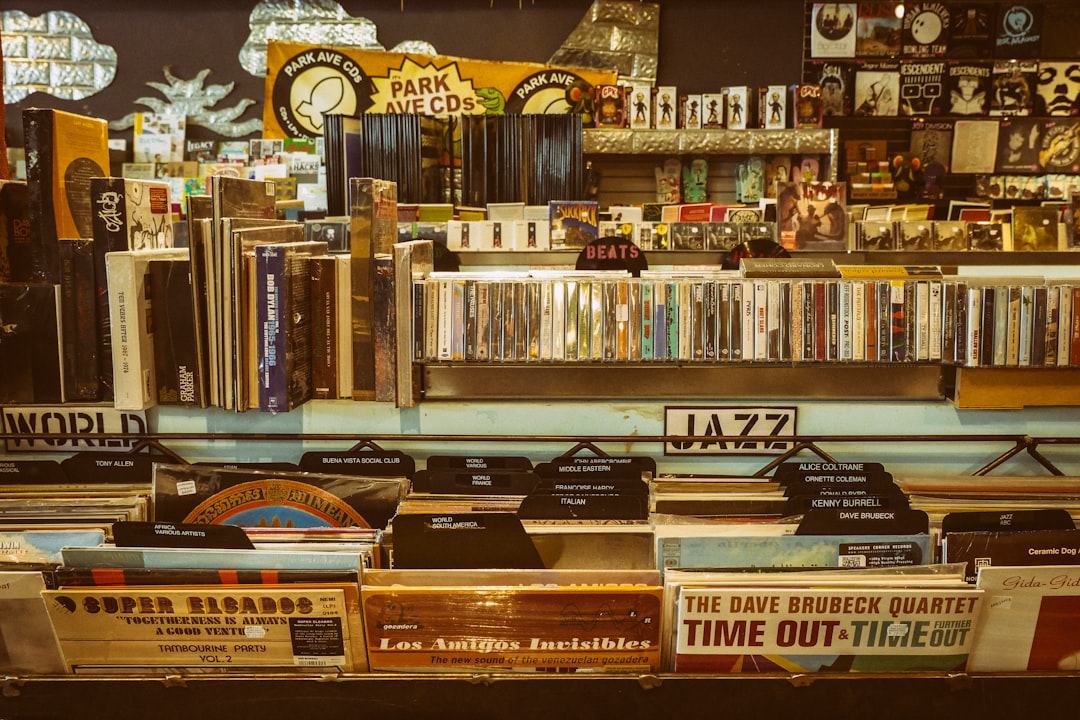
Music stores face increasing pressure to capture market share as online competition intensifies and customer expectations evolve. Strategic digital marketing enables retailers to connect with high-intent audiences while maximizing the impact of every marketing dollar. Platforms like Sona Audiences are designed to help music stores reach the most relevant segments, ensuring campaigns deliver strong returns.
Integrating Google Ads with advanced audience enrichment, intent tracking, and CRM sync capabilities transforms music store advertising into a high-precision, data-driven engine. Marketing teams can measure how online and offline efforts contribute to revenue, dynamically adjust campaigns based on real-time performance, and maintain a unified view of every prospect interacting with their brand. Consistent optimization and unified data enable music stores to turn digital engagement into tangible growth.
Mastering Google Ads for your music store isn’t just about running campaigns—it’s about creating meaningful connections with your ideal customers. By leveraging the right strategies, you can turn casual browsers into loyal fans and drive measurable growth for your business.
Throughout this guide, we’ve explored how to target the right audience, craft compelling ad copy, and optimize your budget for maximum ROI. Whether you’re promoting instruments, lessons, or vinyl records, these tactics are designed to help you stand out in a competitive market and attract high-intent buyers.
Imagine your store buzzing with new customers, your online sales soaring, and every ad dollar working harder for you. With the right approach, this isn’t just a possibility—it’s within reach. The key is taking action and refining your strategy as you go.
Ready to see how powerful your ads can be? Start a free trial to experience Sona's platform and its capabilities.
Best practices include adopting a data-driven approach, employing keyword and audience targeting, aligning landing pages with ad creatives, optimizing performance, and using cross-channel integration to ensure consistent messaging and maximize ROI.
Optimization can be achieved by using precise targeting, real-time engagement, data-driven decision-making, keyword and audience strategies, and performance optimization tactics like testing creative variations and adjusting bids.
The budget should focus on high-intent prospects, targeting precise audience segments, and prioritizing spending on high-potential accounts to ensure every ad dollar is optimized and impactful.
Search campaigns, display ads, video ads, remarketing, and extensions are effective for promoting music products, each serving different purposes such as capturing high-intent customers, maintaining brand visibility, and nurturing leads.
Success is measured by tracking conversion rates, integrating campaign and CRM data, using advanced conversion tracking, and analyzing performance data to attribute revenue to specific campaigns and optimize strategies.
Join results-focused teams combining Sona Platform automation with advanced Google Ads strategies to scale lead generation

Connect your existing CRM

Free Account Enrichment

No setup fees
No commitment required

Free consultation

Get a custom Google Ads roadmap for your business
Join results-focused teams using Sona Platform automation to activate unified sales and marketing data, maximize ROI on marketing investments, and drive measurable growth

Connect your existing CRM

Free Account Enrichment

No setup fees
No commitment required

Free consultation

Get a custom Google Ads roadmap for your business
Over 500+ auto detailing businesses trust our platform to grow their revenue
Join results-focused teams using Sona Platform automation to activate unified sales and marketing data, maximize ROI on marketing investments, and drive measurable growth

Connect your existing CRM

Free Account Enrichment

No setup fees
No commitment required

Free consultation

Get a custom Google Ads roadmap for your business
Over 500+ auto detailing businesses trust our platform to grow their revenue
Join results-focused teams using Sona Platform automation to activate unified sales and marketing data, maximize ROI on marketing investments, and drive measurable growth

Connect your existing CRM

Free Account Enrichment

No setup fees
No commitment required

Free consultation

Get a custom Google Ads roadmap for your business
Over 500+ auto detailing businesses trust our platform to grow their revenue
Join results-focused teams using Sona Platform automation to activate unified sales and marketing data, maximize ROI on marketing investments, and drive measurable growth

Connect your existing CRM

Free Account Enrichment

No setup fees
No commitment required

Free consultation

Get a custom Google Ads roadmap for your business
Over 500+ auto detailing businesses trust our platform to grow their revenue
Our team of experts can implement your Google Ads campaigns, then show you how Sona helps you manage exceptional campaign performance and sales.
Schedule your FREE 15-minute strategy sessionOur team of experts can help improve your demand generation strategy, and can show you how advanced attribution and data activation can help you realize more opportunities and improve sales performance.
Schedule your FREE 30-minute strategy sessionOur team of experts can help improve your demand generation strategy, and can show you how advanced attribution and data activation can help you realize more opportunities and improve sales performance.
Schedule your FREE 30-minute strategy sessionOur team of experts can help improve your demand generation strategy, and can show you how advanced attribution and data activation can help you realize more opportunities and improve sales performance.
Schedule your FREE 30-minute strategy sessionOur team of experts can help improve your demand generation strategy, and can show you how advanced attribution and data activation can help you realize more opportunities and improve sales performance.
Schedule your FREE 30-minute strategy session





Launch campaigns that generate qualified leads in 30 days or less.
